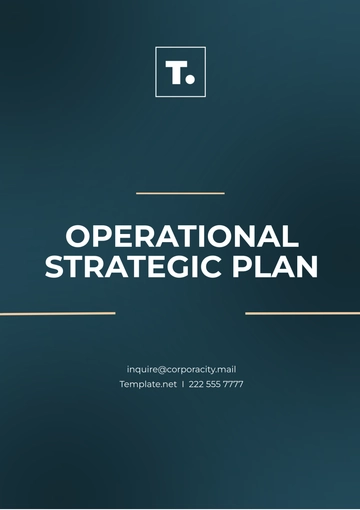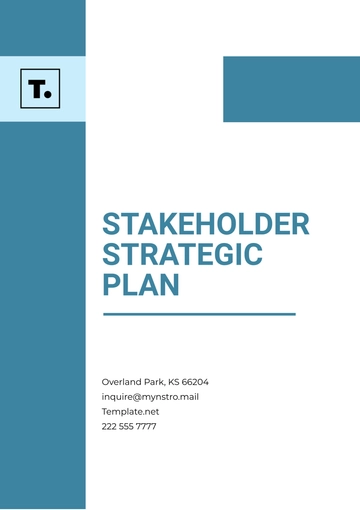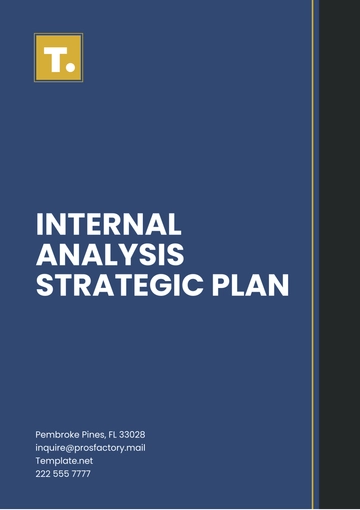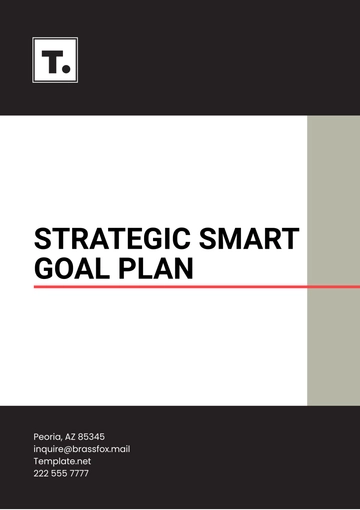Free Project Management Strategic Plan
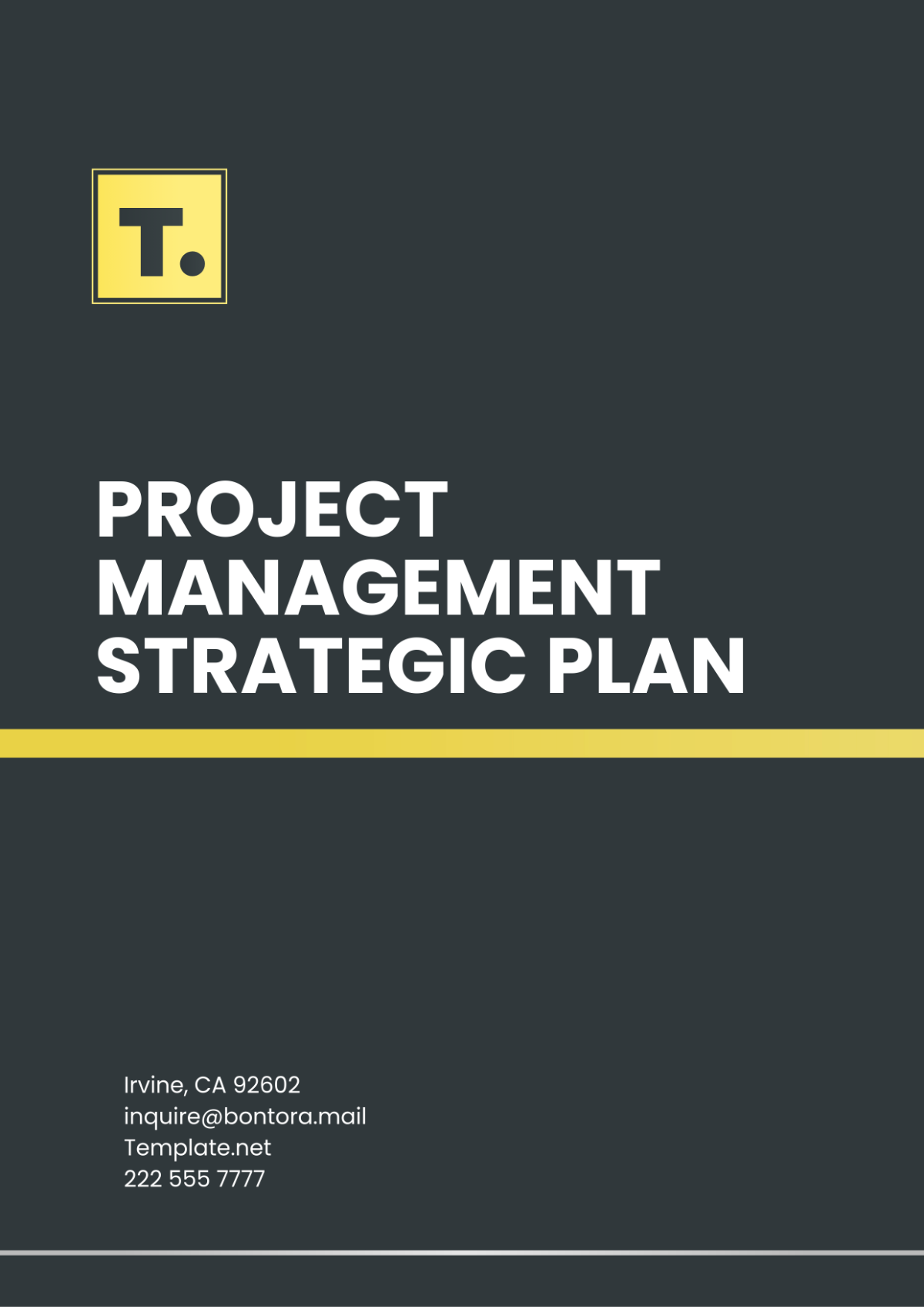
Prepared by: [Your Name]
Date: January 1, 2050
I. Executive Summary
The Project Management Strategic Plan presents a comprehensive strategy for aligning project activities with our organization’s overarching goals. This document serves as a roadmap for all project activities, ensuring consistent alignment with our organizational vision and mission. By establishing clear objectives and robust methodologies, we aim to enhance project outcomes and deliver value to our stakeholders.
II. Project Objectives
A. Define Clear Goals
Our primary objective is to define and communicate clear, achievable goals for each project, aligning with the larger objectives of the organization. We aim to utilize SMART (Specific, Measurable, Achievable, Relevant, Time-bound) criteria to formulate these goals, ensuring that every project contributes to our strategic vision.
B. Improve Efficiency
We strive to maximize resource utilization by improving processes and reducing waste. By implementing lean project management techniques, we will streamline workflows and enhance productivity, ultimately leading to cost savings and improved timelines.
C. Enhance Stakeholder Satisfaction
Engaging stakeholders effectively is essential to our success. We will actively seek stakeholder feedback throughout the project lifecycle to ensure their needs and expectations are met or exceeded, thereby fostering long-term relationships and trust.
III. Scope of Work
A. Project Boundaries
We will define clear boundaries for each project, specifying what is included in the project scope and what lies outside it. This clarity will help avoid scope creep and inefficiency, ensuring that project teams remain focused on deliverables.
B. Deliverables
The following deliverables are expected after each project:
Project Report: A comprehensive document detailing project outcomes, lessons learned, and future recommendations.
Stakeholder Feedback Summary: A summary report compiling stakeholder insights and satisfaction levels.
Resource Utilization Report: An analysis of resources used versus resources planned, highlighting efficiencies and areas for improvement.
IV. Stakeholder Analysis
A. Identification of Stakeholders
We will compile a comprehensive list of all stakeholders involved in each project, including:
Project Sponsors: Executive leaders who provide support and funding.
Team Members: Individuals responsible for executing project tasks.
External Partners: Vendors and contractors who contribute resources or expertise.
B. Stakeholder Needs and Expectations
Stakeholder | Needs | Expectations |
|---|---|---|
Project Sponsor | Project delivery on schedule | Continuous updates and transparency |
Team Members | Clear task assignments | Support, resources, and recognition |
External Partners | Defined roles and responsibilities | Timely communication and feedback |
C. Engagement Strategies
We will develop tailored communication plans and engagement strategies based on stakeholder needs. This may include:
Regular Status Meetings: Weekly meetings with project sponsors and team leads.
Project Newsletters: Monthly newsletters highlighting progress and key milestones for all stakeholders.
Feedback Mechanisms: Surveys and feedback sessions to gather insights and improve project processes.
V. Resource Management Plan
A. Human Resources
We will identify resource needs and gaps, developing strategies for filling them to ensure sufficient staffing for project durations. This includes:
Recruitment Plans: Identifying potential candidates and establishing partnerships with recruitment agencies.
Training Programs: Implementing ongoing training to enhance team skills and adaptability.
B. Financial Resources
A comprehensive budget will be developed to encompass all needed financial resources, including:
Cost Estimates: Detailed cost breakdowns for each project phase.
Contingency Planning: Allocating a percentage of the budget for unforeseen expenses to mitigate financial risks.
VI. Risk Management Plan
A. Risk Identification
We will utilize SWOT analysis (Strengths, Weaknesses, Opportunities, Threats) and brainstorming sessions to proactively identify potential risks, including:
Market Volatility: External economic factors affecting project resources.
Technology Changes: Rapid advancements in technology that may impact project execution.
B. Risk Mitigation
We will develop specific strategies for mitigating identified risks, such as:
Resource Shortage: Implement a cross-training program for team flexibility to ensure team members can cover for each other as needed.
Regulatory Changes: Establish a compliance task force to monitor and adapt to new regulations affecting project operations.
VII. Timeline and Milestones
A detailed timeline will be developed for each project, incorporating major milestones that mark key phases in the project lifecycle, such as:
Phase 1: Project Initiation (Q1 2050)
Phase 2: Planning and Design (Q2 2050)
Phase 3: Implementation (Q3 2050)
Phase 4: Review and Closure (Q4 2050)
VIII. Monitoring and Evaluation
A. Performance Metrics
Key performance indicators (KPIs) will be established to measure project success, including:
On-time Delivery Rate: Percentage of deliverables completed on or before deadlines.
Budget Adherence: Comparison of actual spending against the budgeted amount.
Stakeholder Satisfaction Scores: Regular surveys to assess stakeholder satisfaction levels.
B. Evaluation Methods
We will conduct regular project audits and reviews to assess progress and implement necessary adjustments. Evaluation methods will include:
Quarterly Progress Reviews: Formal reviews to evaluate project performance and recalibrate strategies as needed.
Post-Project Evaluation: Comprehensive assessment at project completion to analyze successes, challenges, and lessons learned for future initiatives.
- 100% Customizable, free editor
- Access 1 Million+ Templates, photo’s & graphics
- Download or share as a template
- Click and replace photos, graphics, text, backgrounds
- Resize, crop, AI write & more
- Access advanced editor
Ensure successful project execution with our Project Management Strategic Plan Template from Template.net. This customizable, editable template allows you to define your project’s goals, timelines, and deliverables. Fully editable in our AI Editor Tool, you can easily adjust every section to reflect your project needs. Perfect for project managers and teams, this template helps you stay organized, monitor progress, and achieve successful outcomes on time and within budget.


















